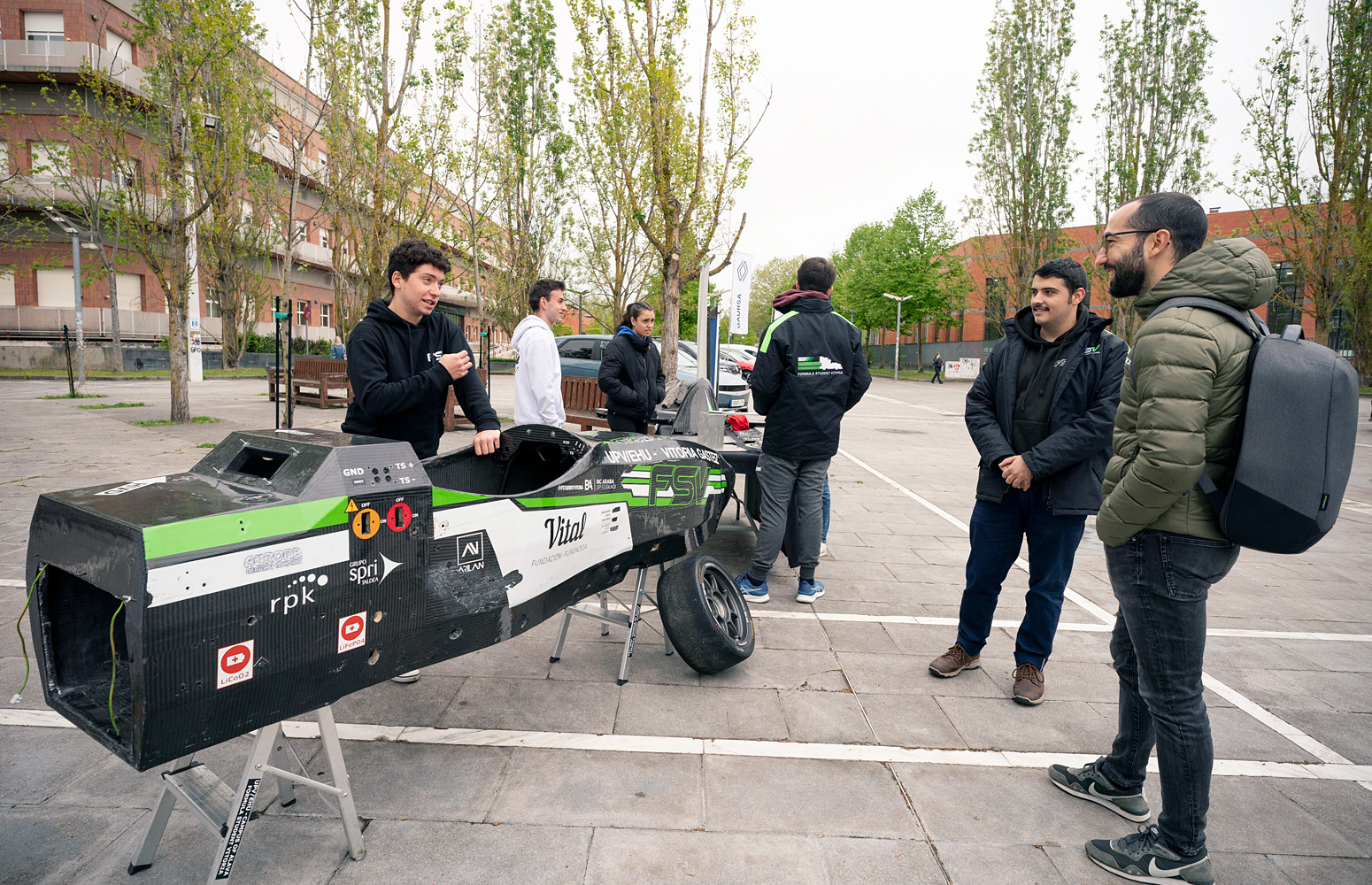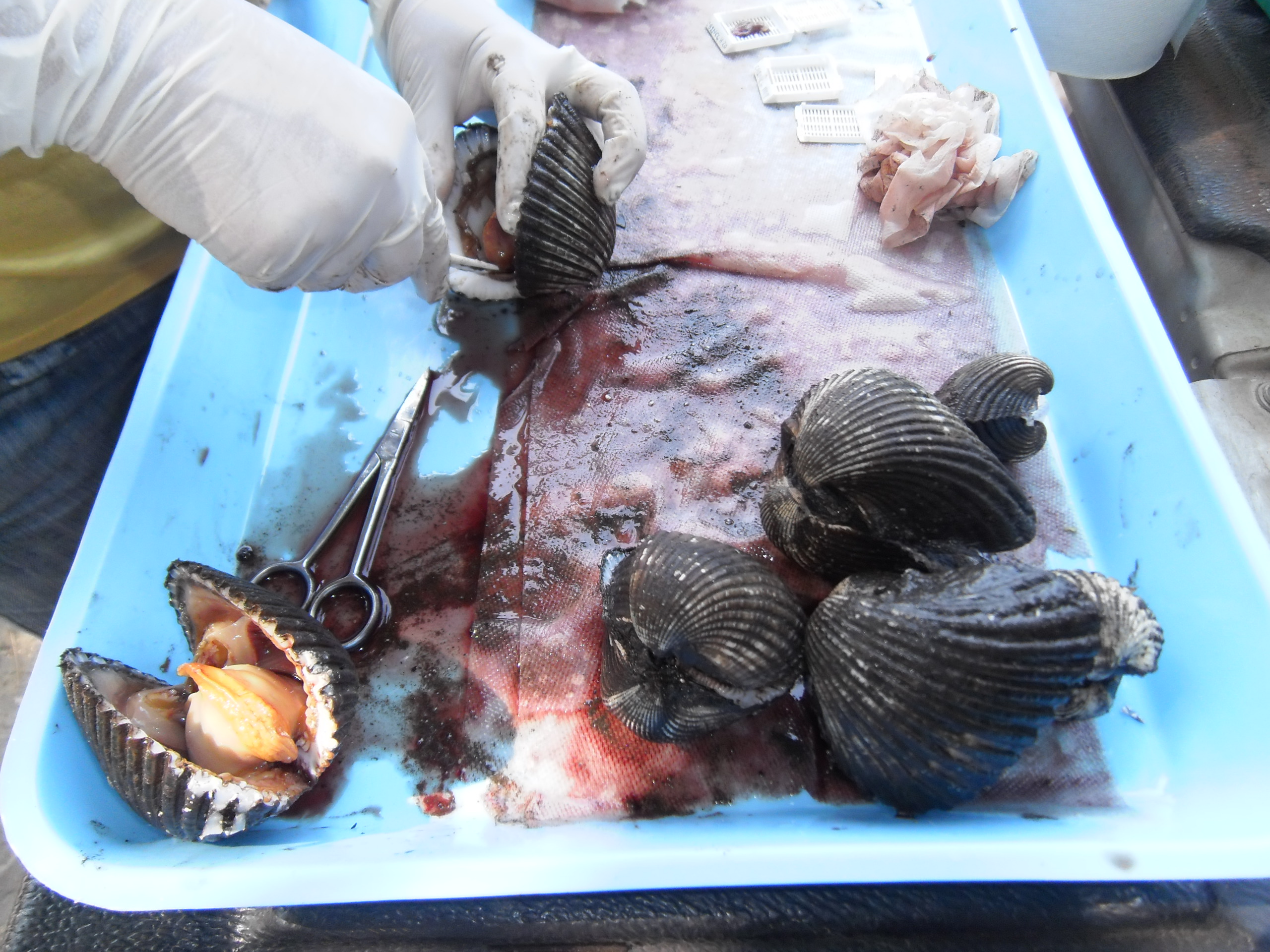By using analytical methods developed by the UPV/EHU’s Department of Analytical Chemistry, measurements are being taken to study the level of acidification of the Udaibai, Plentzia and Nerbioi-Ibaizabal estuaries. Very little research into estuarine acidification has been conducted worldwide until now because there have been no bases for taking measurements in such changeable environments as these.
-

In memoriam: Arturo Muga
-

Violeta Pérez Manzano: «Nire ahotsa ijito bakar batengana iristen bada eta horrek inspiratzen badu, helburua bete dut»
-
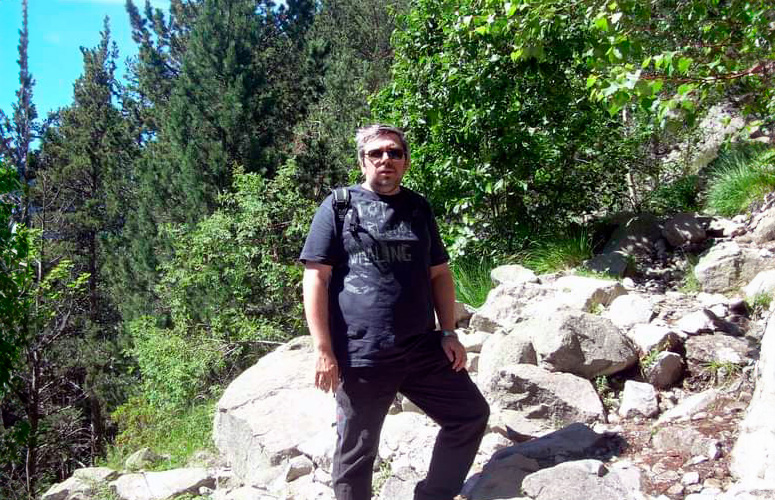
In memoriam: German Gazteluiturri Fernández
-
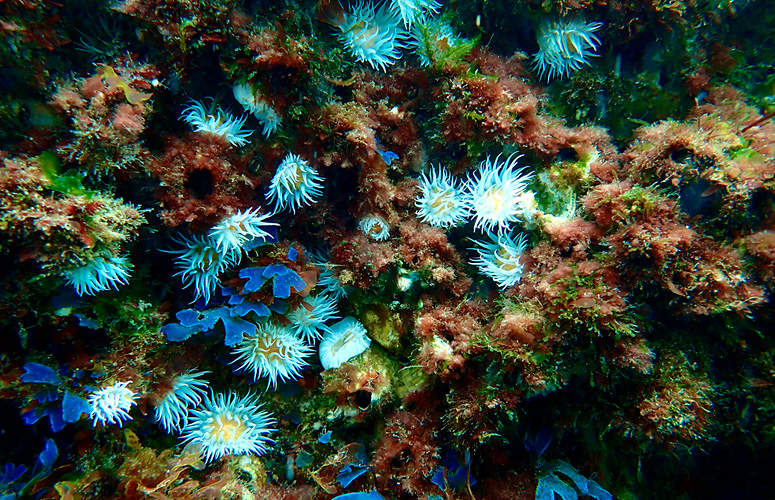
Itsasoaren gainazalaren tenperatura-igoerak aldaketa sakonak eragin ditu makroalgen komunitateetan
-

Azukrea eta edulkoratzaileak. Zer jakin behar dut?
Pollution continues to reach the Nerbioi-Ibaizabal estuary
Through research conducted by the UPV/EHU-University of the Basque Country on three estuaries of Bizkaia, the bases have been established to go on monitoring the acidification of the estuaries
- Research
First publication date: 12/03/2019
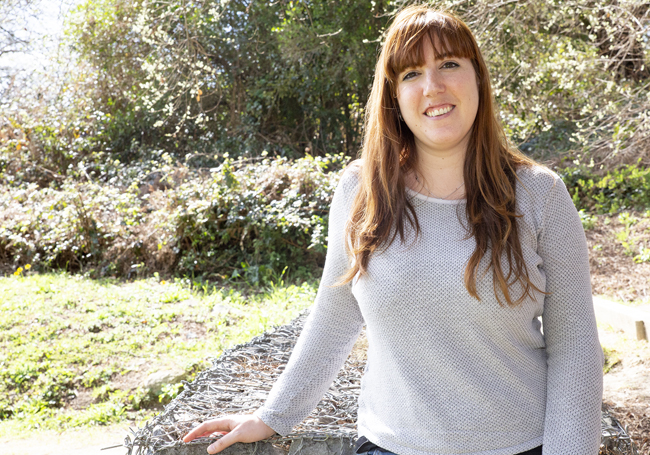
Ocean acidification occurs because of the CO2 released into the atmosphere as a result of human activity: CO2 dissolves in the waters of the sea, and, as a result of the reaction among many substances in balance, the pH of the water is falling (in other words, it is becoming more acidic), the concentration of carbonates is falling and that could severely damage crustaceans, because the minerals that comprise their shells are dissolved in these waters. The fall in pH may also affect the metals present in the sea and, in particular, the dissolvability, absorption and toxicity of heavy metals.
In the seas water salinity varies little, and it has been possible to conduct a lot of research into the acidification of the seas and oceans. However, in estuaries the conditions –water temperature, salinity, etc.- are highly changeable because tides, swells etc. exert a great influence. The result is that there is no information, bibliography or equations on estuarine acidification.
However, all this is in fact being explored by Leire Kortazar, a researcher at the UPV/EHU’s department of Analytical Chemistry, in three estuaries of Bizkaia: the Urdaibai, Plentzia and Nerbioi-Ibaizabal estuaries. “We chose them because they have very different levels of pollution. In actual fact, the Urdaibai is a Biosphere Reserve and the Nerbioi-Ibaizabal estuary has historically been polluted as a result of industrialisation,” said the researcher. Over three years they took samples once every three months to verify the effects of seasonal changes.
More data are needed
The research explored how to process the data in order to accurately determine the acidification level of samples from estuarine waters with highly variable salinity. A mathematical equation was also developed to calculate the pH of estuarine waters, and how certain parameters vary according to the season was also explored; they include parameters linked to acidification, nutrient quantities and oxygen dissolved in the waters.
Kortazar concluded that according to the measurements taken and calculations made so far, “the values obtained in the Urdaibai and Plentzia estuaries are reasonable and normal, but the values of the Nerbioi-Ibaizabal estuary indicate that it has not fully recovered from the historical pollution. It would also appear that a type of pollution from the Galindo river is constantly flowing into it,” but it was not possible to specify the origin.
In the laboratory on a small scale they showed that the metals present in the sediment when the pH falls are dissolved in the water, and that could result in the metals in the waters reaching living organisms and entering the trophic chain. That in fact is the next step in the research: firstly, to go on gathering data on the estuaries in order to understand what the mechanisms are in estuarine acidification by using the bases established in this research, and, secondly, to see how the acidification affects the estuarine molluscs. Indeed, “in the space of three years it is impossible to determine the fall in pH. Much remains to be done on the effect of estuarine acidification; nevertheless, a lot of progress has been made in this research,” explained the researcher.
Additional information
Leire Kortazar-Oliver (Bilbao, 1988) is a graduate in Chemistry and has a Master’s in Environmental Pollution and Toxicology. She does research in the Department of Analytical Chemistry in the Faculty of Science and Technology. Her PhD thesis entitled Development and Implementation of New Analytical Methodologies for the Study of Acidification in Estuaries was supervised by the UPV/EHU professor Luis Angel Fernández-Cuadrado and Eithne Tynan-Pascual, the editor of the journal Nature Climate Change.
Bibliographic reference
- Accurate Determination of Total Alkalinity in Estuarine Waters for Acidification Studies
- TrAC Trends in Analytical Chemistry (2019)
- DOI: 10.1016/j.trac.2019.01.010


